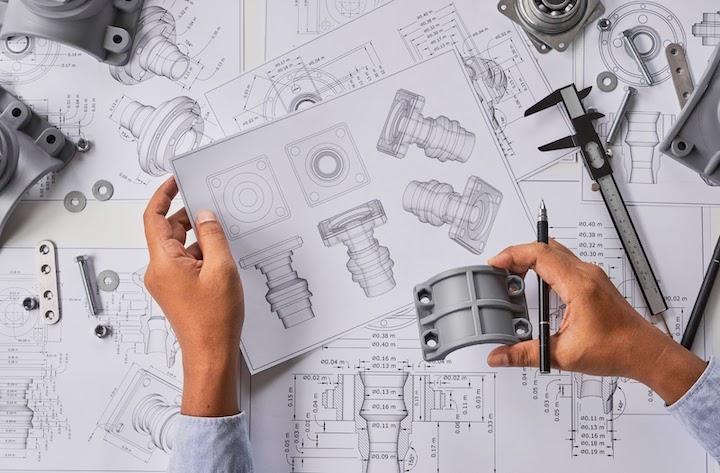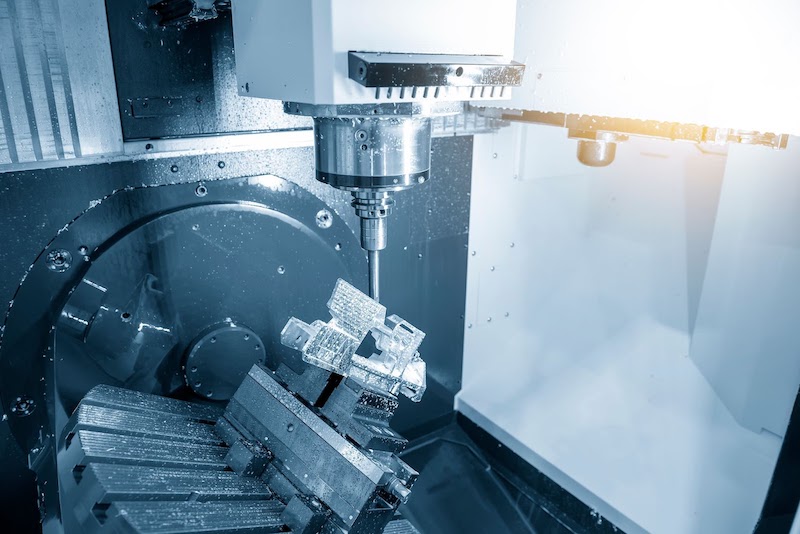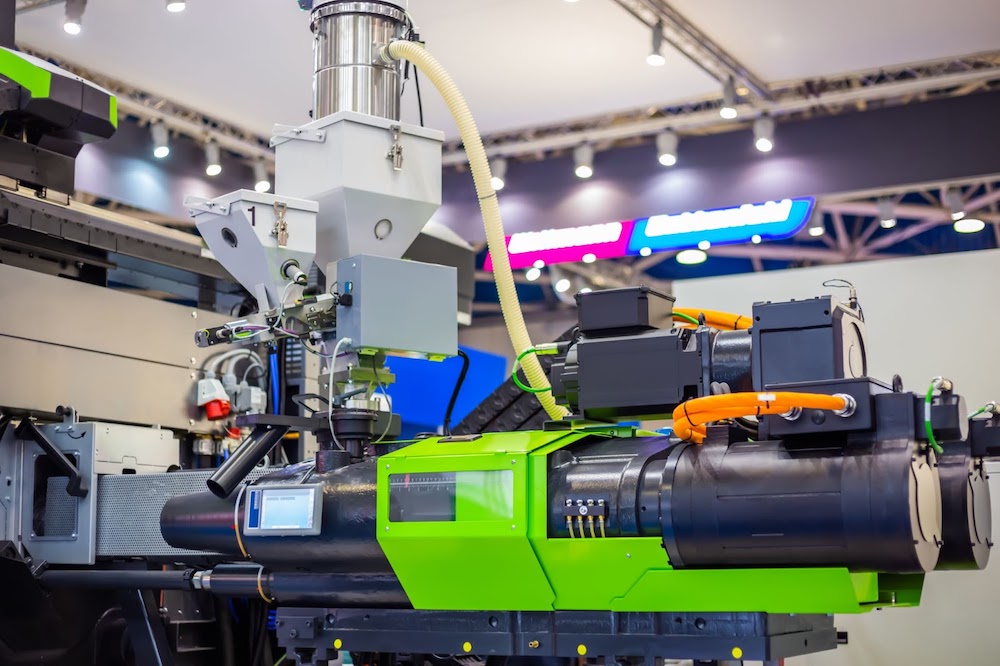Time to read: 3 min
I’ve been through the gauntlet of prototyping, design, and manufacturing a few times. I started out fixing other people’s designs with a hand file, and I’ve also designed involute gears for a low-precision injection mold. Thanks to this breadth of experience, I was able to create a simple cheat sheet for making quick manufacturing decisions when it comes to CNC machining vs. injection molding.
You may be asking yourself: what do I need a cheat sheet for?
Well, engineering design teams often don’t receive the necessary information to design and fabricate a functional part on the timelines they are given. Usually, engineers are given the what but rarely the why — even though the why is usually the most crucial information for fulfilling the requirements.

Why? + What? = How?
Based on my experience, you need the why AND the what to correctly choose how to make the part and the design for that manufacturing method.
Here are some questions to ask and answer.
Why… (to determine purpose, timeline, and budget)
- Why are you going to design and fabricate this part?
- What phase are you in — is this a proof of concept or final product?
- How many parts do you need?
- What is the budget?
- Does tooling cost factor into the budget?
- When do you need the functional part delivered?
What… (to determine function, interface, requirements)
- What are you designing?
- Is it a part of an assembly?
- What are the other parts made of?
- What are the tolerances of the components that this part must interface with?
- What are the exact geometries of the other parts?
- How will this part interface with other components?
When it comes to plastic parts, the intent, function, and lifespan of the project are essential pieces of information when deciding how to design for manufacturability. Outside of rapid prototyping with 3D printing — which is ideal for form and fit prototyping — your manufacturing process choices for product development are either CNC machining or injection molding.
Let’s take a look at both.

CNC Machining
CNC Machining is characterized by:
- High precision
- Repeatability
- Clean right angles
- Complex geometries
- Choice of machinable materials with specific properties
- Quick first part production
- High cost per part that doesn’t scale

Plastic Injection Molding
Injection Molding is characterized by:
- High precision
- Repeatability
- Draft angles (nothing is an ideal geometry in the direction of mold pull)
- Varied geometries
- Choice of moldable materials with specific properties
- Slower first part production
- Minimal lead time after initial production
- High tooling cost upfront
- Low-cost per unit that decreases with increased quantities
CNC Machining vs. Injection Molding Cheat Sheet
And here is your cheat sheet for choosing CNC Machining vs Injection Molding.
| CNC | Injection Molding | |
| We need thousands to millions of parts | ✔ | |
| We need these to be cheap (<$10/unit) | ✔ | |
| We need parts NOW | ✔ | |
| Every part must be exactly the same size (ultra-high precision, small features, minor variations in geometry will cause a functional failure) | ✔ | |
| This is a complex part design (overhangs, different material thicknesses all over, holes from multiple directions) | ✔ | |
| The parts must be made from a strong, durable resin | ✔ | ✔ |
| We need rubbery parts (elastomeric) | ✔ | |
| We need the parts to be exactly like the CAD model or they won’t fit(draft angles, geometry adjustments for tooling, and changing to a uniform wall thickness would cause a functional failure) | ✔ | |
| This part is big | ✔ | |
| This is not the final design | ✔ | |
| We 3D printed prototypes and we’re not confident in the final material properties or a high precision fit | ✔ | |
| We 3D printed the part and everything works | ✔ |
Oh, and here’s another trick that I learned… When you bring DFM analyses and quotes back to your team, you’ll quickly find out what the timeline and budget are for your project.
If you still have doubts because you weren’t told enough of the why, talk to an applications engineer! They’ll happily walk you through the pros and cons of our CNC Machining services or Injection Molding your parts and they’ll give you DFM analyses and quotes, too.
It’s as simple as creating a Fictiv account and requesting a quote.










